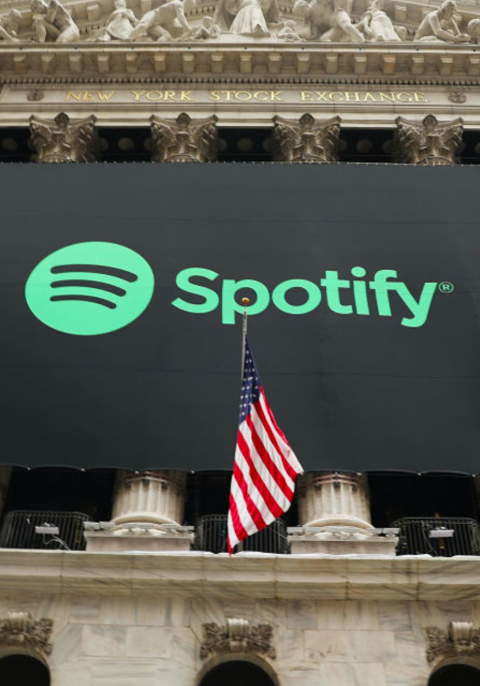In a protest organised by the Union of Musicians and Allied Workers (UMAW), musicians and artists have participated in coordinated demonstrations at Spotify offices around the world.
The group is calling for increased transparency in the company’s business practices, an end to lawsuits filed against artists, and a user-centric payment model that pays a cent per stream, among other things.
The United Musicians and Allied Workers Union started a campaign titled ‘Justice at Spotify’ in October 2020, which, among other goals, is demanding that the platform raise its average streaming royalty from $.0038 USD to a penny per stream for all artists.
Protests were organised in 10 US cities as well as nearly two dozen others around the world, in Australia, Europe, Asia, and Central and South America.
Since the campaign was launched, it has gained over 28,000 signatures from artists including Thurston Moore, King Gizzard and the Lizard Wizard, Frankie Cosmos, Deerhoof, Julianna Barwick, JD Samson, DIIV, Alex Somers, Zola Jesus and more.
“Spotify has long mistreated music workers, but the pandemic has put the exploitation into stark relief,” said UMAW organiser Mary Regalado.
“The company has tripled in value during the pandemic, while failing to increase its payment rates to artists by even a fraction of a penny. Musicians all over the world are unemployed right now while the tech giants dominating the industry take in billions. Music work is labour, and we are asking to be paid fairly for that labour.”
While most of the demands made by the UMAW would need to see Spotify make changes, the “penny-per-stream” concept would require support from the major labels who own the rights to the massive catalogs that make up the bulk of Spotify's library.




